Harmonizing Heritage: Exploring the Rhythms and Roots of Dominican Music
Dominicans are renowned for their dancing talents–you will spot them spontaneously twirling at the park, on their house veranda, or pretty much anywhere they hear their music. The DR’s sounds and instruments are influenced by West African, Spanish, and European roots. Two principal genres dominate and are synonymous with the Dominican Republic, here and around the world: merengue, and bachata. But there’s also son and a multitude of folkloric dance and music. Wherever you end up in the Dominican Republic, experiencing our music and our rhythms is as easy as stepping outside.
MERENGUE
Merengue is the national music and dance of the Dominican Republic. In 2016, UNESCO proclaimed merengue as a Masterpiece of the Oral and Intangible Cultural Heritage of Humanity. Any Dominican will tell you that merengue is part and parcel of every Dominican’s essence. Its lyrics share the everyday life stories, and its instruments reflect the DR’s triple identity: the güira comes from the Taino–a long metal cylinder with holes, with a brush to run it up and down the cylinder–the tambora or drum from Africa, and the accordion from Spain.
Today’s merengue musicians are world renowned, including Joseíto Mateo, Juan Luis Guerra, Johnny Ventura, Milly Quezada, Wilfrido Vargas, Fernando Villalona, Los Hermanos Rosario, and Eddy Herrera, among others.
BACHATA
Bachata has quickly gained popularity in the DR and abroad. Originating as a string bolero, this slow, sensual music and dance was initially considered the music of the lower classes. It grew mainstream, however, and reached higher levels of sophistication in music and lyrics, thanks to Dominican celebrities like Juan Luis Guerra, and Víctor Víctor.
Among bachata’s earliest creators is José Manuel Calderón from the 1960s. Later came the singers Rafael Encarnación and Luis Segura, who popularized bachata among the masses, followed by Luis Vargas and Anthony Santos, who brought a new language to the rhythm. In the 1990s, the musical group Aventura, led by Brooklyn-born Dominican Romeo Santos, created a bachata fused with other musical styles, modernizing the genre and spreading it internationally.
SON
Son appeared around the northern cities of Puerto Plata and Montecristi between 1870 and 1890. A mix of Latin and African elements–one theory says that it derives from bolero–its creation is attributed to Cuban musician and composer Miguel Matamoros. Popular Dominican son artists include Sonia Cabral, known as the queen of son, El Grupo Maniel, Grupo Bonyé–who perform live every Sunday evening in the Colonial City of Santo Domingo–and Los Hermanos Heredia.
FOLKLORIC MUSIC
Richly influenced by the DR’s African heritage, folkloric music and dance are as alive as any of the DR’s modern beats. These traditional sounds can be experienced in various regions, or during carnival month in February.
In Santo Domingo, the Congos of Villa Mella–proclaimed a UNESCO Masterpiece of Intangible and Oral Heritage of Humanity in 2001–are known for their West African inspired spiritual chants and instruments, which include two double-headed drums, an idiophone, and maracas. The southeast of the country is home to the Afro-British influenced music and dance of the Guloyas and their Cocolo Dance Theater, also a UNESCO protected group, while the southwest is home to the Sarandunga music and dance of Baní, based on African drums, and performed as a religious celebration.
When in Santo Domingo, catch a weekly free performance by the Ministry of Tourism’s Folkloric Ballet every Friday and Saturday evening in the Colonial City, to glimpse the DR’s folkloric rhythms and dance, placed in historical context.
POPULAR MUSIC
Aside from the ever-popular Dominican genres of merengue, bachata, and son, are contemporary sounds you will hear around the DR. These include Dominican jazz, rock, and dembow, a form of Dominican dancehall music, among others.

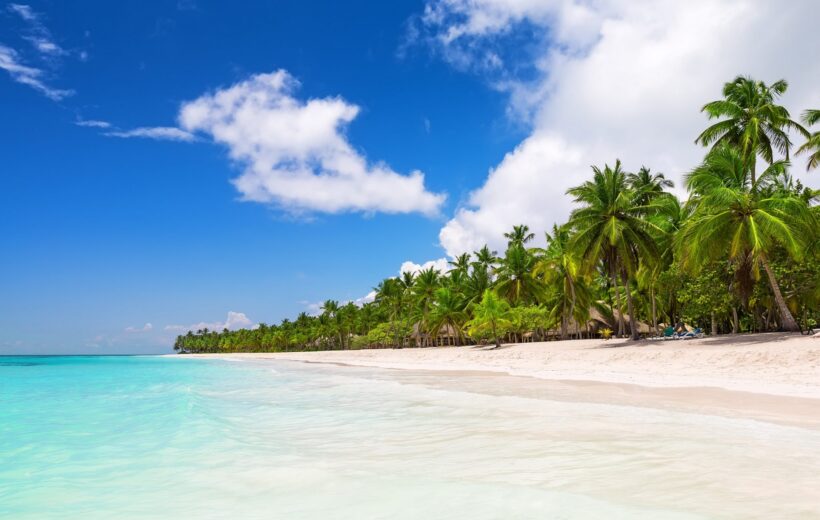
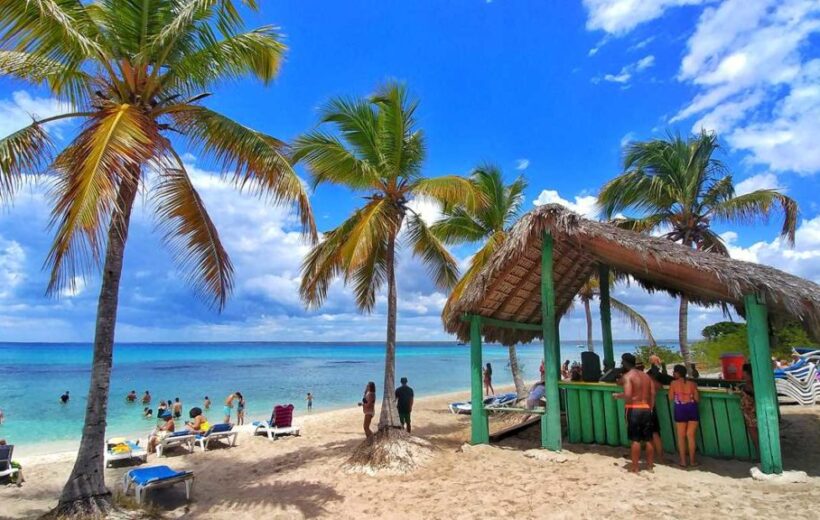
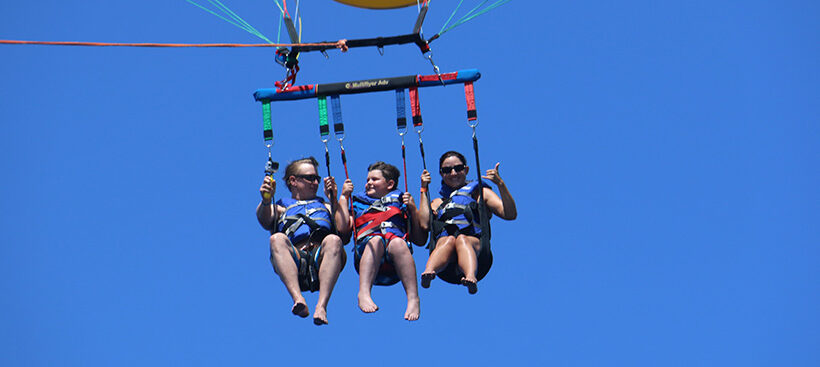
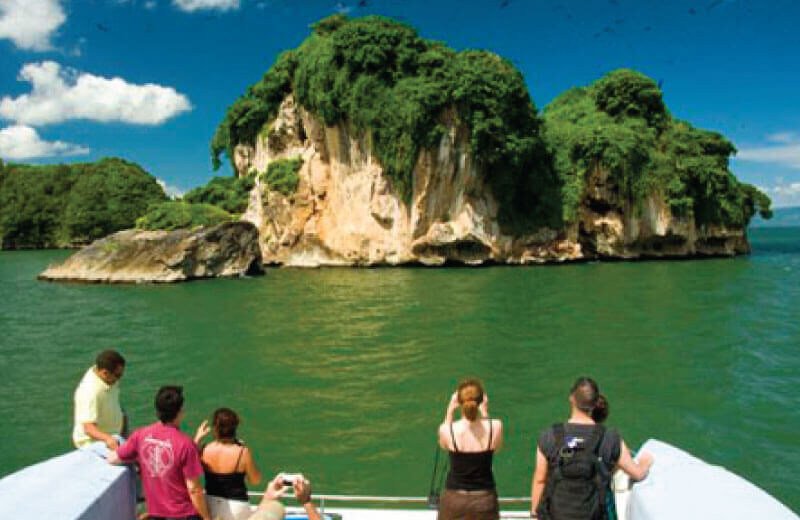
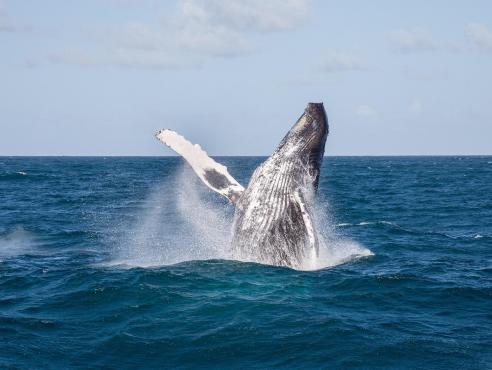
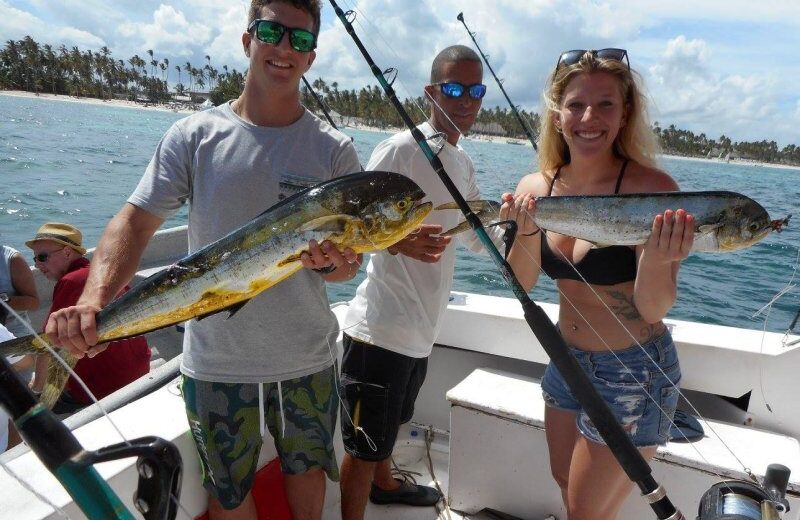
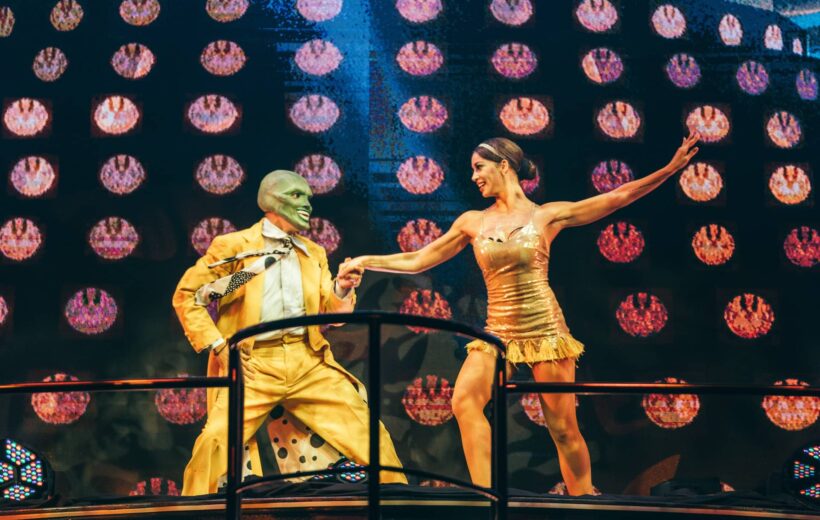
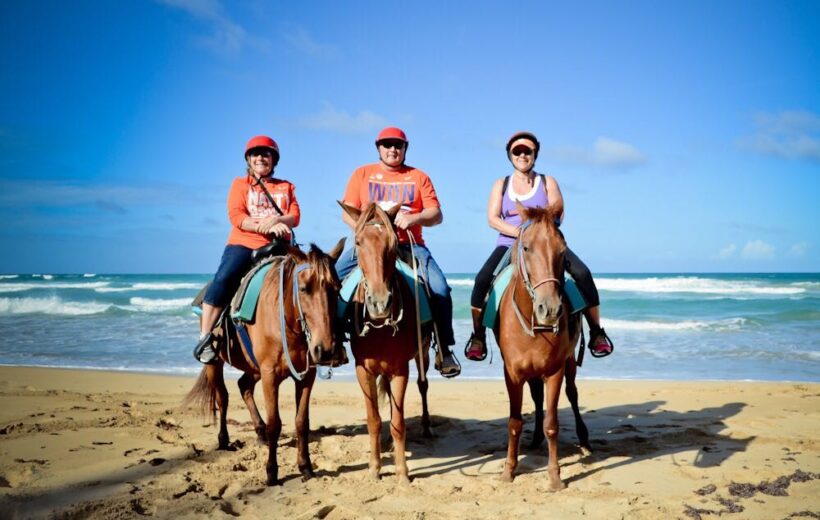
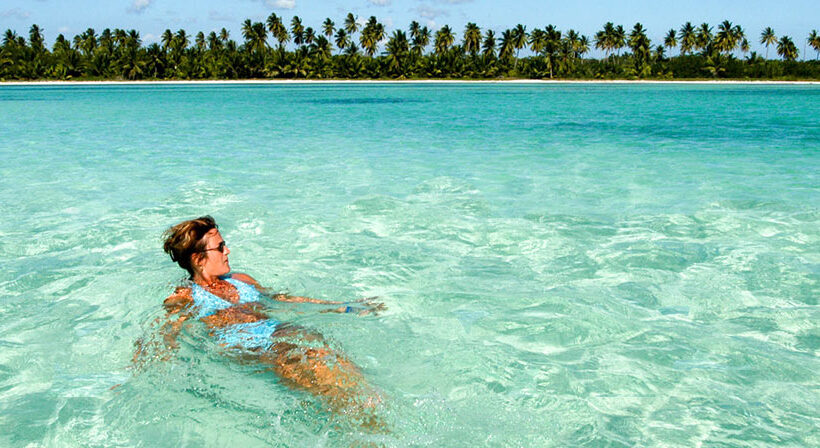
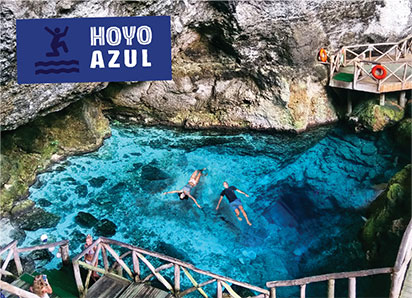

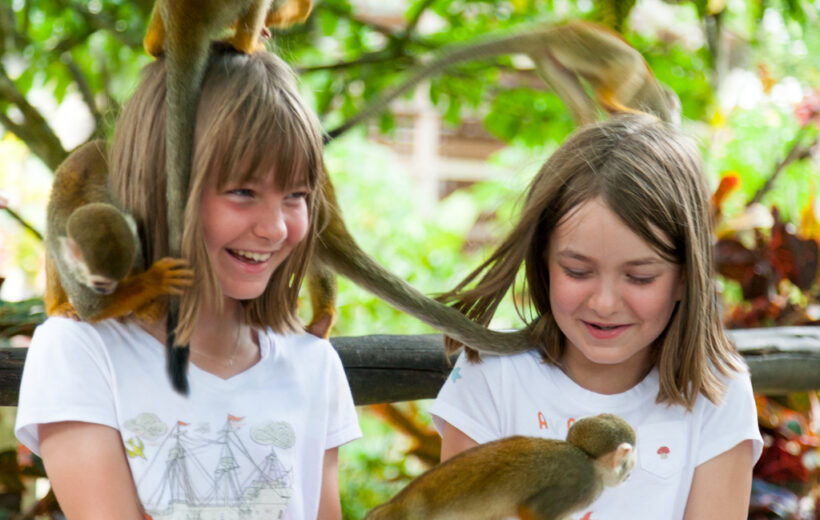






 French
French German
German Portuguese
Portuguese Spanish
Spanish